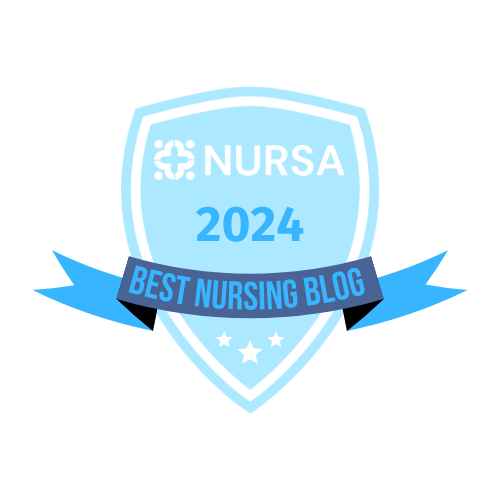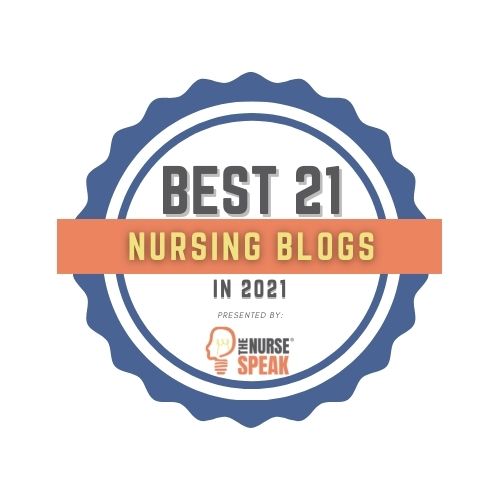
This article was originally published on Kaplan Test Prep’s Calling All Nurses
A nurse educator’s main objective is to provide high quality training for nurses and nursing assistive personnel that promotes safe and effective care. A nurse educator can be found working in a variety of settings, including hospitals, community health centers, public school systems, community colleges, universities, corporations, private consulting companies, and certain governing health agencies.
While one nurse educator’s roles and responsibilities might be different from another, we all share a similar goal—to enhance the nursing profession by serving as a professional role model, delivering high quality training and education that follows evidence-based practice standards, and expanding our own academic achievements through research, publication, and continuing education efforts.
Now that you have a better idea of what a nurse educator does, let’s take a look at a day in the life of a nurse educator— that’s me!
Good morning, Baltimore!
It’s 4:45 AM, and I’ve already hit the snooze button twice. I know that if I hit snooze one more time that my day will be off to a rushed start, and that’s never a good thing. I roll out of bed and my secondary alarm begins to sound—“Meow, Meow, Meow, MEEEOOOWW!” I find myself being led to the kitchen by a continual siren of meows as my adorable, yet slightly annoying kitties demand their breakfast. After feeding my fur-babies, I start my coffee maker, then head to the restroom for a peaceful morning routine.
After showering, brushing my teeth and getting dressed, I enjoy a healthy breakfast while scrolling through my social media platforms and online news channels. Since I know that Wednesdays are long days for me at work, I pack a big lunch with lots of snacks for consistent energy throughout the day.
I know that I need to be to work by 8am so I plan to leave my apartment by 7am to give myself a buffer in the event of unexpected traffic or emergencies. Just before heading out the door, I pop into the bedroom to give my reluctantly awake fiance’ a kiss and to wish him a good day.
Getting organized for the day
Once I arrive to the college, I greet my coworkers on the way to my office. Once settled, I sign into my computer, check and respond to about one thousand emails, and then review the lesson plans for my classes. On Wednesdays, I teach a Certified Patient Technician class from 10 AM until 4 PM, and then I teach another Certified Patient Care Technician class from 5:30 PM until 9:45 PM.
For the first two hours of my office time, I send and receive lots of email correspondence regarding the Nursing Assistant, Patient Care Technician, Geriatric Nursing Assistant, Certified Medicine Aide, and Nurse Refresher courses that I help manage and teach. I respond to student questions or concerns, and I review, complete, and update my ‘things to do’ list so that I can stay on top of things.
Just before my first class of the day, I log into Blackboard to review my student’s progress with their online quizzes and other work due for submission. Then, I head to the classroom.
Lecture, skills lab, and more
Upon entering the classroom, I scan my students to ensure that they are all in proper uniform and ready to begin the lesson. I power up the computer and overhead projector, and I ask the class if they have any questions regarding last night’s homework. A few students ask questions, which I always ask their classmates to answer first, a means to see how engaged and familiar my students are with the material.
Once I have completed answering all the questions and informing the class of the plan for the day, I begin the discussion with a question like: “Who has ever had their blood drawn and sustained an injury, such as a bruise?” Eager hands are raised into the air, and the introduction into today’s lesson on venipuncture begins. Once completed with the lecture material, students are given an opportunity to ask any clarifying questions, and then we break for a 30-minute lunch. Then, we move to the skills lab to begin practicing venipuncture on mannequin arms.
After lunch, the class moves into the skills lab where the students are introduced to all of the venipuncture equipment, mannequin arms, and lab safety guidelines. The students are provided with a demonstration video, and then each student gets a one-to-one demonstration on proper preparation and insertion technique. This way, they can practice on the mannequins before they practice on each other.
While the students are working in groups, I am busy on the computer replying to emails and planning for my evening class. I frequently circle around the room asking students if they have any questions and intervene when I see that a student is making a mistake. Once the students are comfortable with the equipment and can demonstrate two successful blood draws from the mannequin arms, then they are free to leave class and get started on their homework. Today, I was lucky that all of the students grasped the skill quickly, giving me an extra 30 minutes or so of office time in between classes.
Preparing for my evening class
For the next hour and a half of my office time, I send and receive lots of email correspondence regarding all the courses that I help manage and teach. I then respond to student questions or concerns, update my ‘to do’ list, and look at my calendar for tomorrow’s schedule.
Just before my evening class starts, I log into Blackboard again to review my evening student’s progress with their online quizzes and other work that was due for submission. Then, I head towards the classroom.
Evening lecture, skills lab, and more
Upon entering the classroom, I scan my students to ensure that they are all in proper uniform and that they are ready to begin the lesson. I power up the computer and overhead projector, and I ask the class if they have any questions regarding last night’s homework. A few students ask questions, which I always give let classmates answer first, a means to see how engaged my students are.
Once I have finished answering all the questions and informing the class of the plan for the day, I begin the discussion with a question: “Who would like to demonstrate the steps in responding to an unconscious victim and initiating CPR?” Hesitation fills the room until a brave student raises her hand, and the introduction to today’s lesson on patient safety and emergency responsiveness begins.
After four long hours of lecture. which included: CPR, Fire Safety and Responsiveness, Stroke Awareness and Responsiveness, Emergency Preparedness and Safety Precautions to Prevent Exposure to Bio-hazardous Materials. there is a glaze over everyone’s eyes as it’s been a long day for all of us. The evening group seldom asks questions at the end of the class, as they are eager to leave since it is often after 9 PM before class ends. I provide a list of homework and give any course updates to the students just before dismissing them for the evening.
I go back to my office one last time, send a few update emails, and then power off my computer. I pack up my belongings and head home so that I may rest before starting the whole routine over the next day.
Best Wishes,
-Damion












